Microsoft wants to drastically cut carbon emissions, so it’s building data centers with wood
Steel and concrete are among some of Microsoft’s most significant sources of carbon emissions

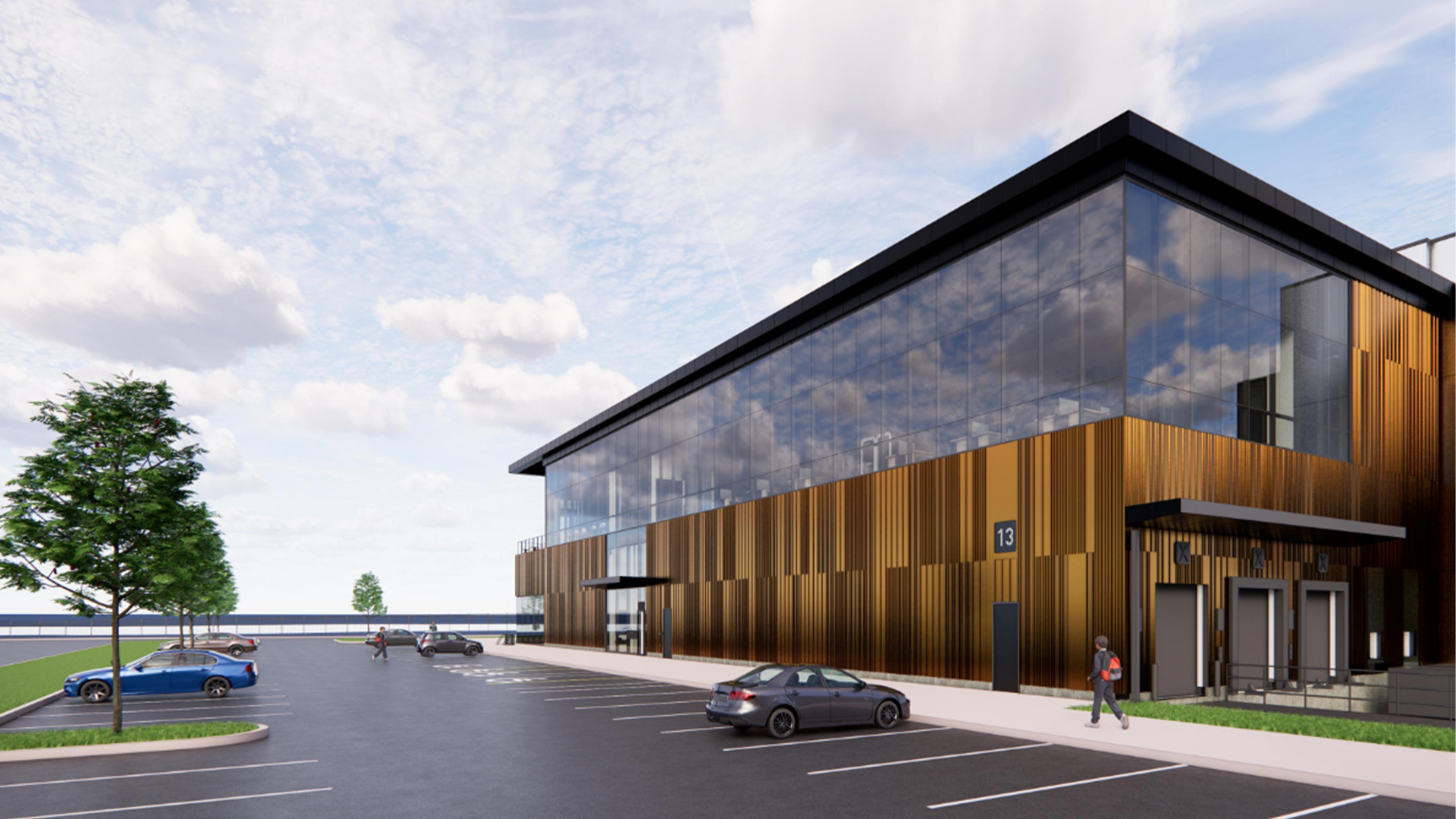
Microsoft has unveiled plans to build a new data center using wood in a bid to tackle surging carbon emissions.
While a wooden data center may sound improbable, Microsoft said, the initiative will use a hybrid approach developed by engineers at Microsoft that leverages cross-laminated timber (CLT).
CLT is a fire-resistant prefabricated wood material that is also ultra-lightweight, the firm said, allowing Microsoft to drastically reduce its use of steel and concrete which are large sources of carbon emissions.
Though the project will supplement the steel and concrete floor structure throughout the two-story buildings, it will still perform and function like a traditional steel and concrete building, according to a promotional video.
The planned construction is estimated to significantly reduce the embodied carbon footprint of two new data centers by 35% compared to typical steel constructions, and 65% compared to typical concrete constructions.
This move comes as part of a wider company focus on decarbonization, with Microsoft data center sustainability lead Jim Hanna describing the ‘all-hands-on-deck’ approach to emissions reductions.
Microsoft reported that it is updating the language of its contracts to include low-carbon material requirements, selecting carbon-free high-volume suppliers, and investing in low-carbon building materials.
Sign up today and you will receive a free copy of our Future Focus 2025 report - the leading guidance on AI, cybersecurity and other IT challenges as per 700+ senior executives
CLT is an example of such a material, and Microsoft believes this new project may be one of the first hyperscale examples of engineered wood use in a US data center. The data center is located in northern Virginia.
Microsoft has its work cut out
Following its initial plans to be carbon-negative by 2030, Microsoft has been hard at work investing in different energy sources for and reducing the footprint of its increasingly power-hungry data center portfolio.
RELATED WHITEPAPER
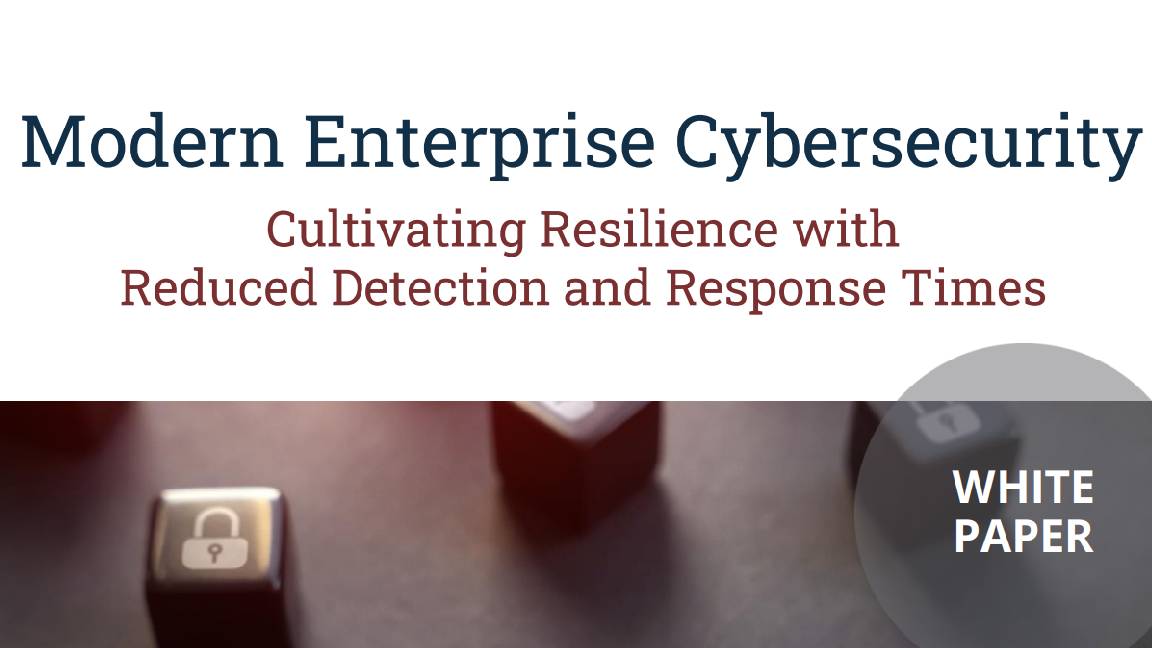
Earlier this year, Microsoft announced a two-decade power purchase agreement (PPA) with energy firm Constellation to revamp a nuclear reactor in Pennsylvania’s notorious three-mile island.
Despite efforts, recent data doesn’t bode well for Microsoft. The firm’s carbon emissions surged by 29% in 2023 according to its most recent internal sustainability report, largely on the back of AI-focused data center development.

George Fitzmaurice is a former Staff Writer at ITPro and ChannelPro, with a particular interest in AI regulation, data legislation, and market development. After graduating from the University of Oxford with a degree in English Language and Literature, he undertook an internship at the New Statesman before starting at ITPro. Outside of the office, George is both an aspiring musician and an avid reader.
-
 How the UK public sector could benefit from strategic channel partnerships
How the UK public sector could benefit from strategic channel partnershipsIndustry Insights Is the channel the answer to the growing cost vs budget problem facing the public sector?
-
 Microsoft wants to replace C and C++ with Rust by 2030
Microsoft wants to replace C and C++ with Rust by 2030News Windows won’t be rewritten in Rust using AI, according to a senior Microsoft engineer, but the company still has bold plans for embracing the popular programming language
-
 The Microsoft Azure outage explained: What happened, who was impacted, and what can we learn from it?
The Microsoft Azure outage explained: What happened, who was impacted, and what can we learn from it?News Microsoft has confirmed its Azure services are back online after a major outage impacted services across multiple regions – here's everything you need to know.
-
 Google just confirmed the location of its first small modular reactor
Google just confirmed the location of its first small modular reactorNews Developed by Kairos, Google's first small modular reactor will be located in Tennessee, with operations beginning in 2030.
-
 Microsoft's plan to use human waste to offset AI emissions stinks of greenwashing
Microsoft's plan to use human waste to offset AI emissions stinks of greenwashingOpinion Hyperscalers are getting increasingly gimmicky when it comes to sustainability
-
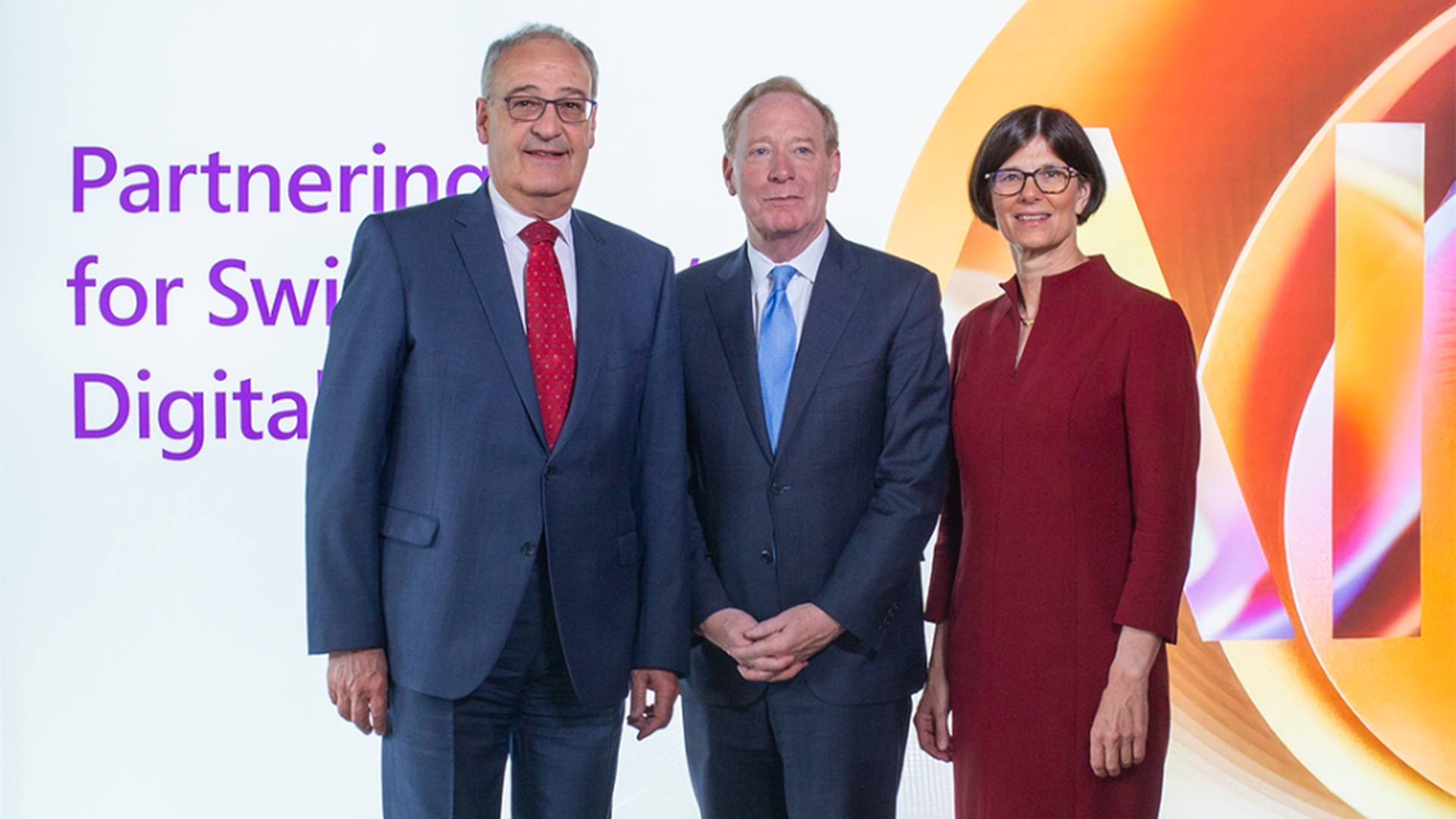 Microsoft invests $400 million to expand Swiss data centers
Microsoft invests $400 million to expand Swiss data centersNews Growing AI and cloud demand, plus data sovereignty requirements, are fueling European data center investment
-
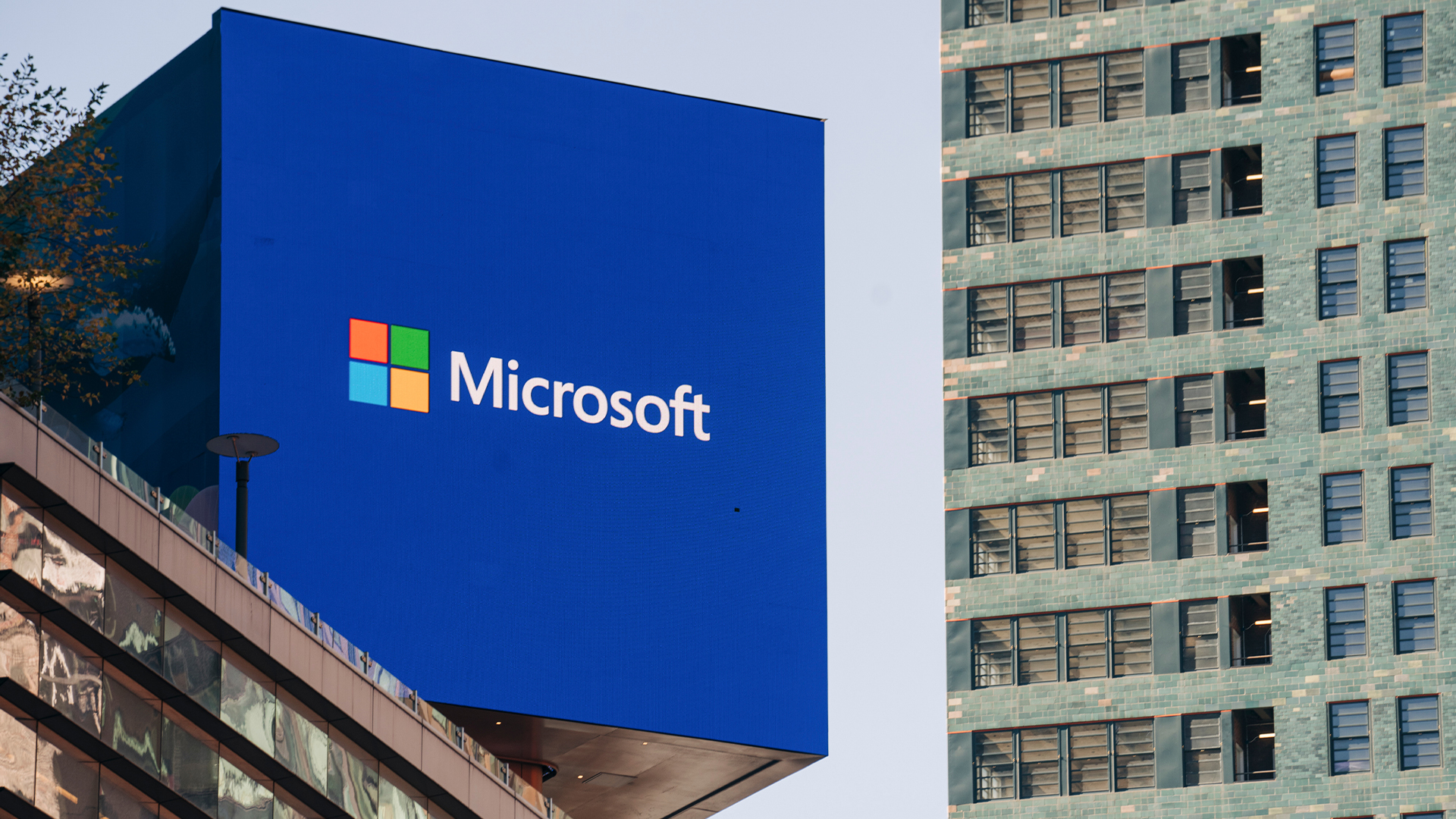 Microsoft says this data center cooling technique can cut emissions by one-fifth – but switching to renewables will prove far more impactful
Microsoft says this data center cooling technique can cut emissions by one-fifth – but switching to renewables will prove far more impactfulNews In a cradle-to-grave environmental assessment, Microsoft has examined manufacturing, transportation, deployment, and end-of-life disposal
-
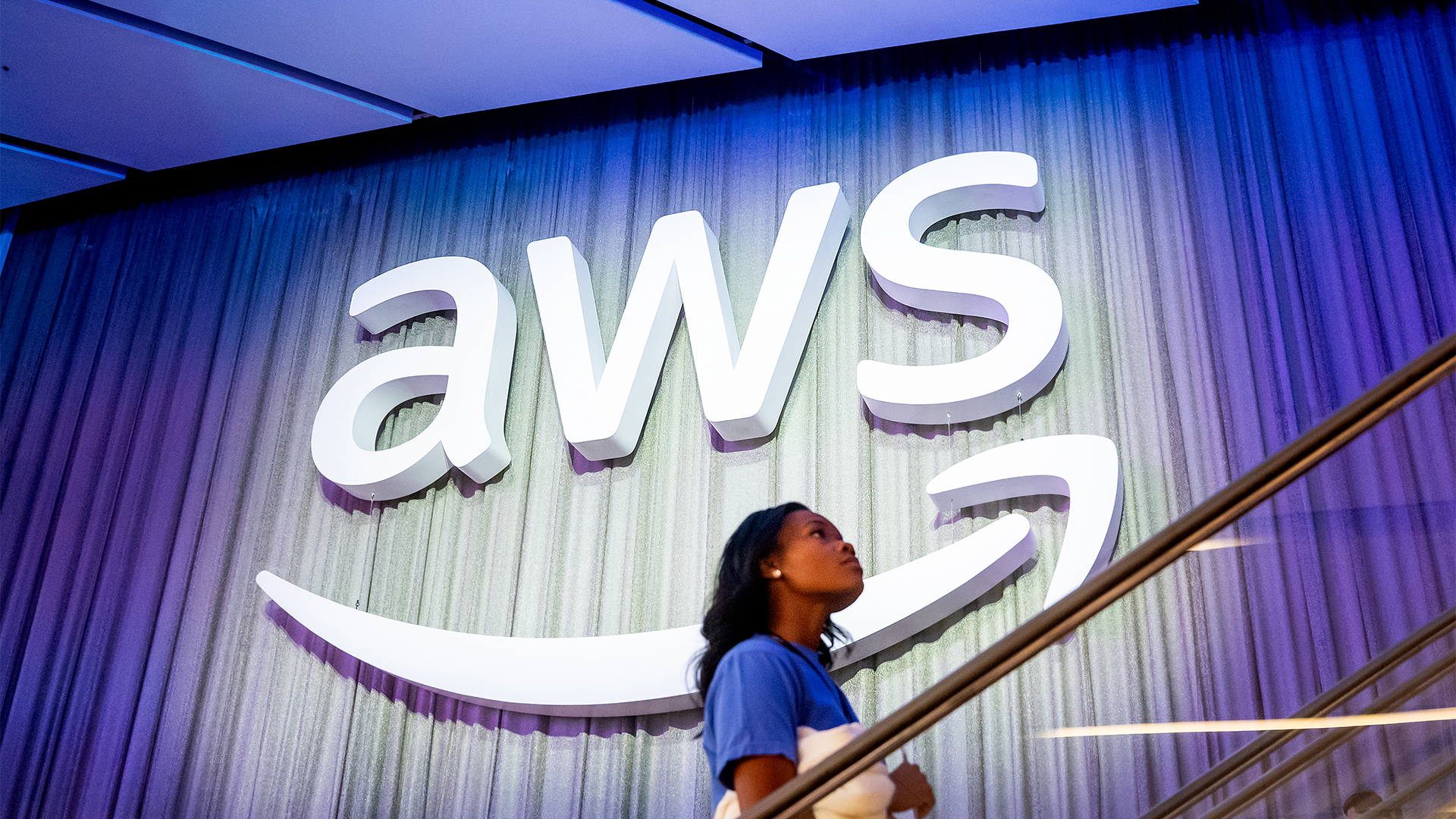 First Microsoft, now AWS: Why tech giants are hitting the brakes on costly data center plans
First Microsoft, now AWS: Why tech giants are hitting the brakes on costly data center plansNews Amazon Web Services (AWS) has paused plans for some data center leases, according to analysts, sparking further concerns about the cost of AI infrastructure spending plans.
-
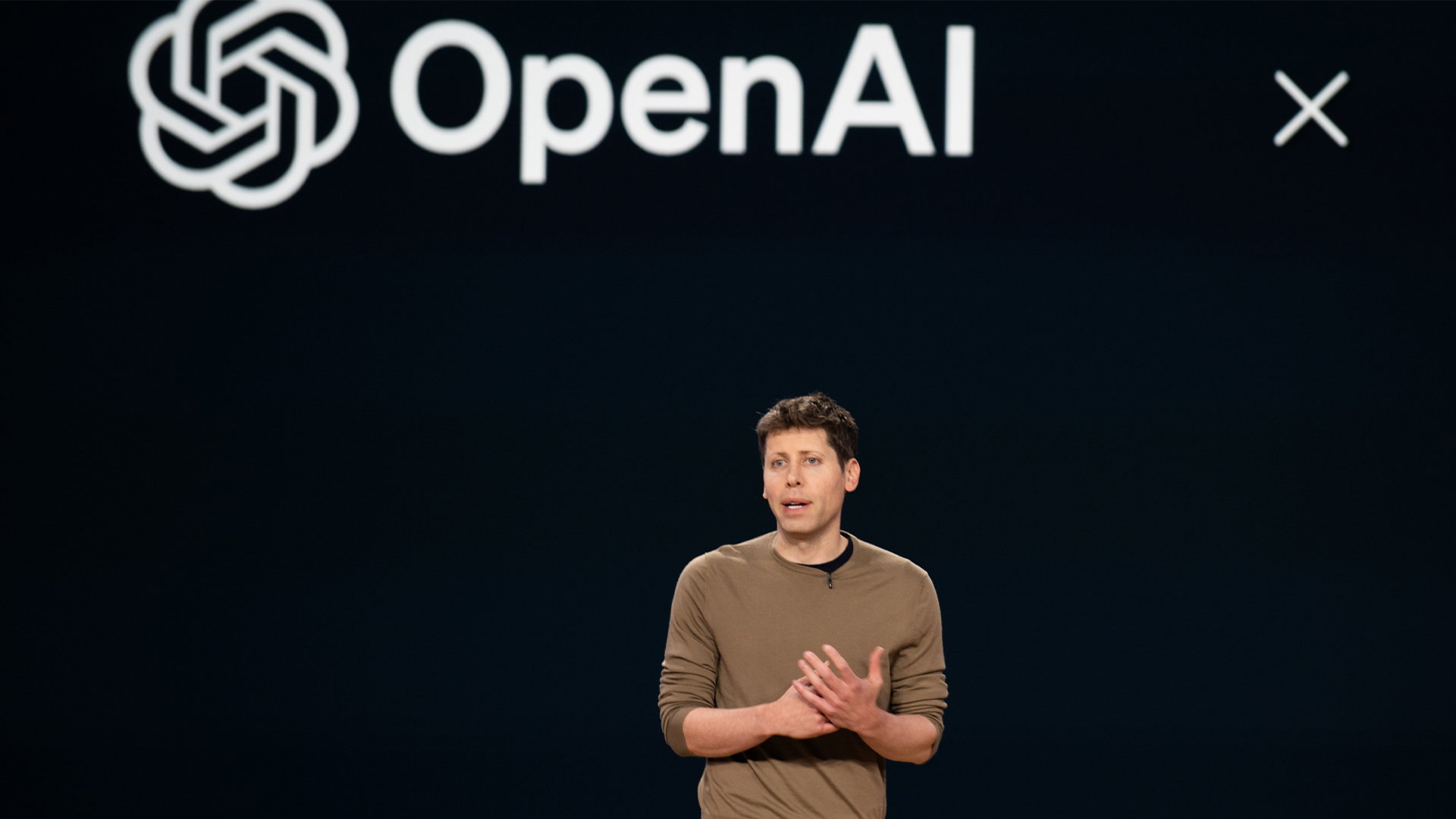 OpenAI inks $12bn CoreWeave deal in latest move away from Microsoft
OpenAI inks $12bn CoreWeave deal in latest move away from MicrosoftNews Cloud infrastructure company CoreWeave will supply OpenAI with infrastructure to run the firm's latest models in a deal worth nearly $12 billion.
-
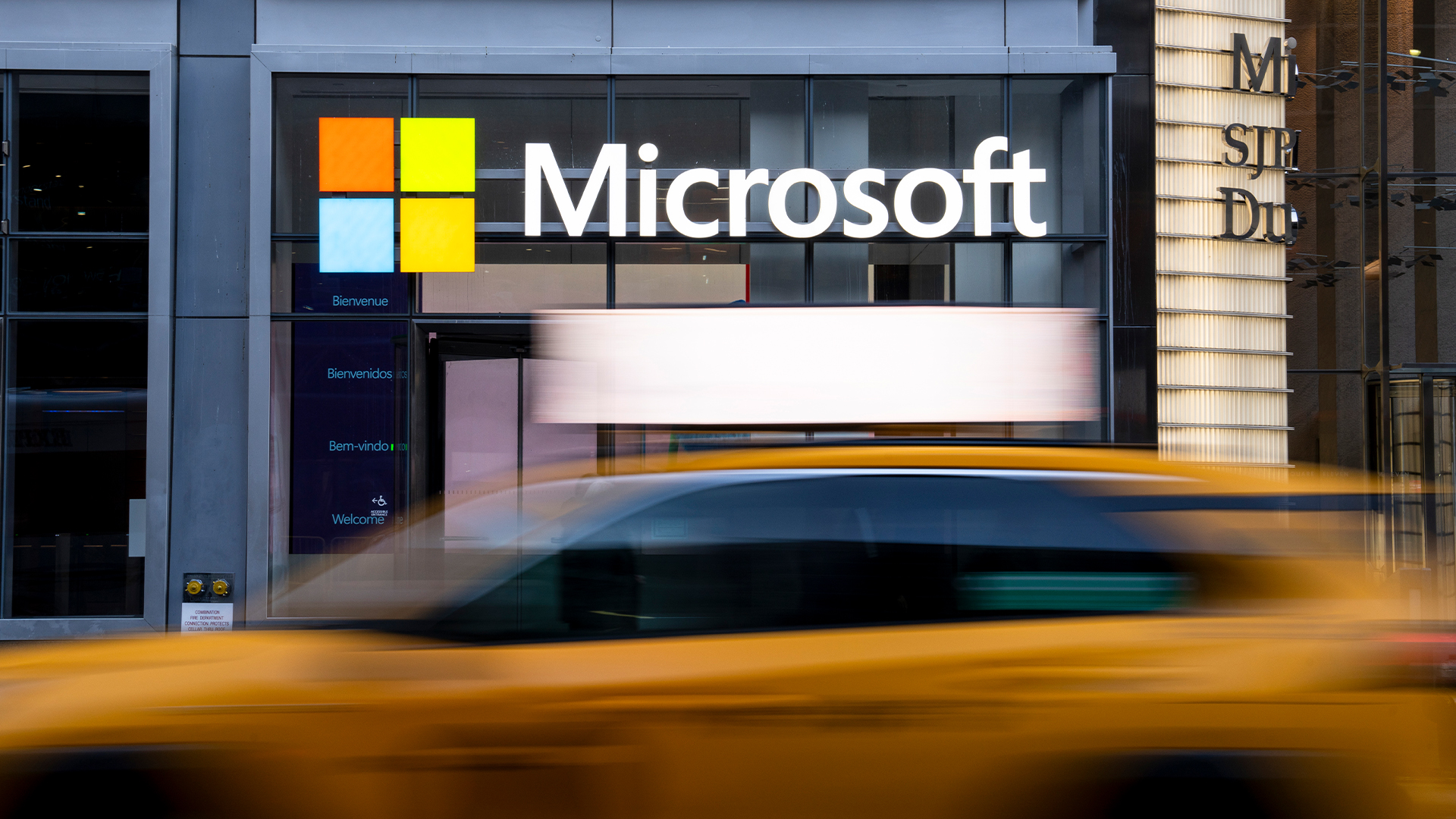 Analysts think Microsoft's data center rollback is bad news for the AI boom – but the company says not to worry
Analysts think Microsoft's data center rollback is bad news for the AI boom – but the company says not to worryNews Microsoft has reportedly ended leases for a significant amount of data center capacity, sparking debate over whether the AI boom is starting to falter.